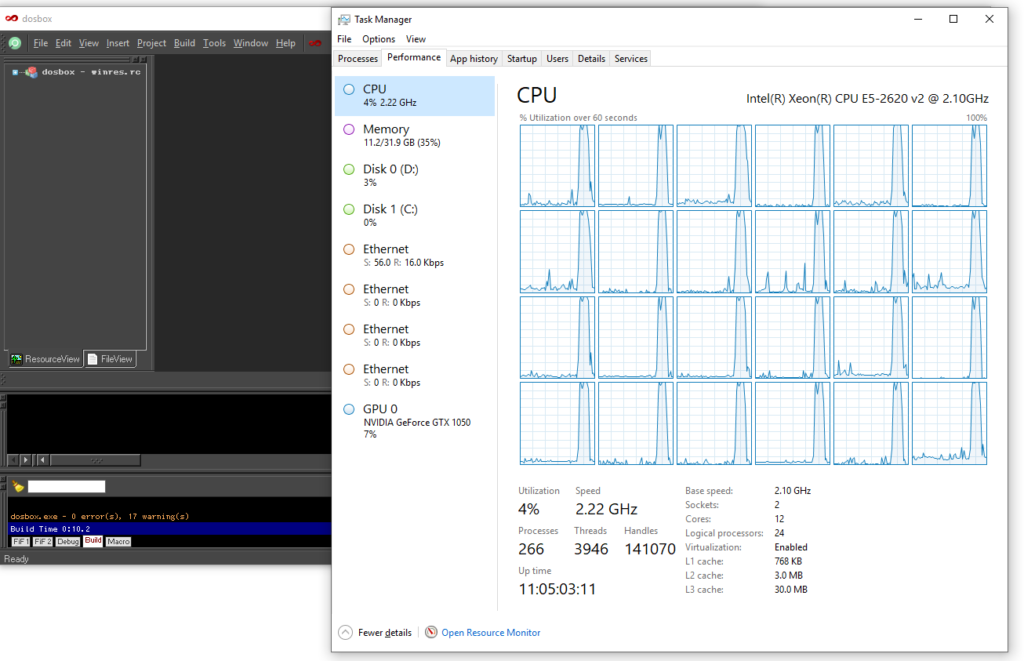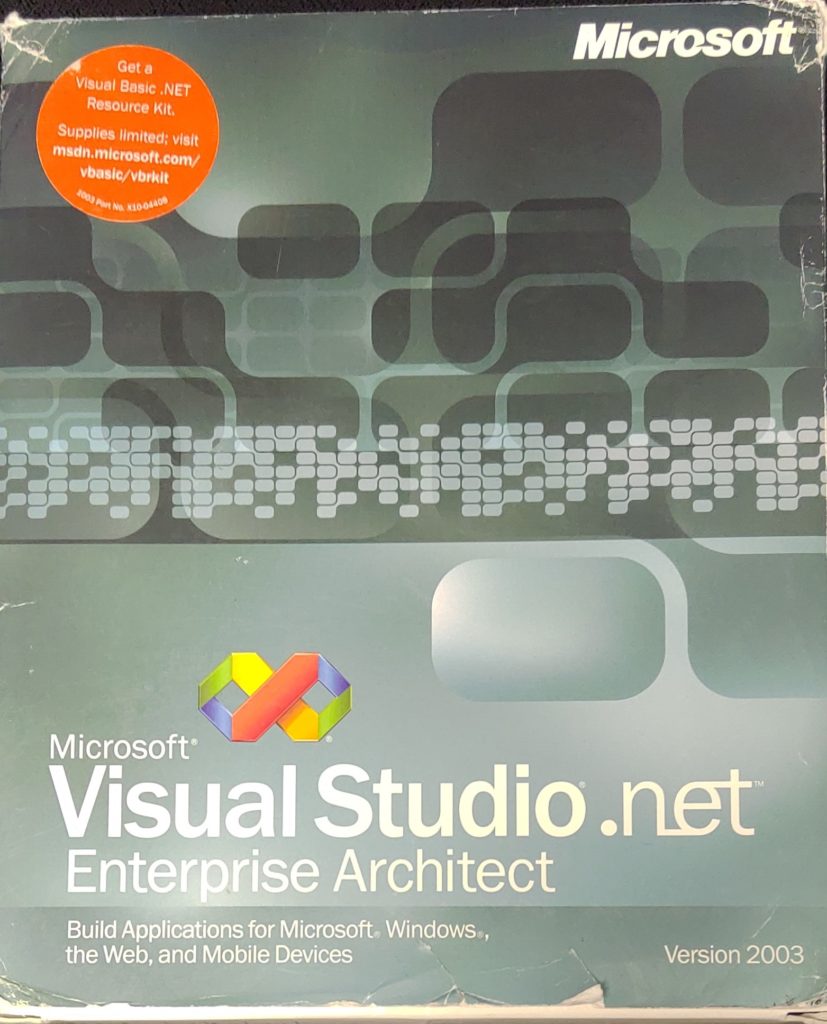As I got a ‘totally legit’ serial code in my box of cereal.
After the install I thought it’d be fun to install the Linux Subsystem.
While following the powershell instructions here, I thought the list of quick links of distros to download was interesting:
That’s right ARM Linux userland! I still have high hopes for Windows on ARM (I have 2 Windows RT devices now!!) although I’m not holding my breath.
Maybe there will be some ARM boards that are suitable for the desktop that aren’t over 1k USD.. That’d be nice.
Interesting trivia is that the Linux Subsystem started it’s life on ARM as a way to run Android binaries on Windows Phone. And true to everything Microsoft does, it got to the point where it could start to run things (albeit poorly) and was summarily killed. Although it’s found life despite the original false start as a general ‘text mode’ subsystem for Windows.
However running Linux binaries on Windows currently just shows that NTOS isn’t as efficient as the Linux kernel when it comes to emulating the Linux ABI. Although this was the original ‘dream’ of the microkernel, and a POSIX subsystem for NT was always part of the original design, although it really was more of a checkbox for GSA contracts, and outside of being able to use pax & vi it really was handicapped by not having BSD extensions, and especially by not having any access to the TCP/IP stack.
EDIT*
I should add these notes from the future past for the future me, when messing around with Windows Server 2019 build 1809 when they finally brought the Linux Subsystem into the fold. Unpacking the distribution and running the ‘setup’ sets it up DIRECTLY into that directory. So put it where you want it.
When you mess that up, you have to use the wslconfig program!
Of note is:
wslconfig /list /all
Lists all distributions, including ones that aren’t currently usable. They may be in the process of installing, uninstalling, or are in a broken state.
wslconfig /unregister <DistributionName>
Unregisters the distribution from WSL so it can be reinstalled or cleaned up.
This way you can now clean up your mess, and get Linux installed right.



